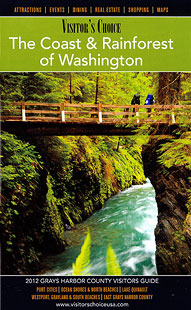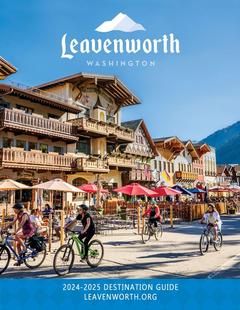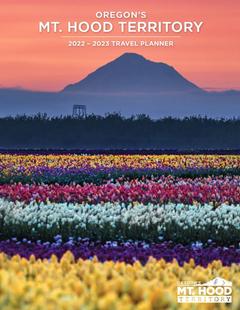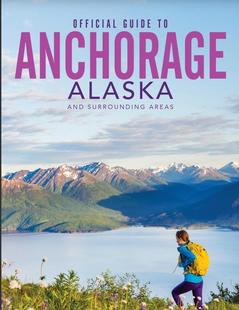Contact Info
- Phone:
- 360-374-6925
Basics
- Type:
- National Park,
State Parks
Description
Mild winters, cool summers and up to 12 feet of annual precipitation produce the giant conifers that dominate this rain forest, one of the most spectacular examples of temperate rain forest in the world.
Bigleaf maple and vine maple host an abundance of epiphytes (plants growing upon other plants) that give the rain forest its characteristic look and ethereal quality. A plethora of mosses, ferns and plants compete for space on the forest floor; grazing elk keep the understory open. Dead and downed trees decay slowly and support new life as ‘nurselogs.' The eternal cycle of life and death is strikingly apparent in this magnificent forest community.
The Hoh River
The 50-mile long wild Hoh River is born high on glacier-capped Mount Olympus and descends 7,000 feet to the Pacific Ocean, fed by snowmelt and rain along the way. The glaciers of its birth grind rock into glacial flour, coloring the river a milky, slate blue. On its descent the river meanders, creating gravel bars and cutting into the lush rain forest along its banks.
Immense fallen conifers are swept downriver and create logjams and quiet pools for salmon. Their spawned-out carcasses feed dozens of aquatic and forest animals and fertilize the soil, bringing riches from the ocean to the forest. In turn, the forest lends stability to the river by preventing massive sediment flushing. Mountain, river, forest, ocean––each part of this ecosystem depends on the other, a tapestry woven together as one naturally functioning unit
For Future Generation
The first 12 miles of the Upper Hoh Road outside the park is a mosaic of second growth, third growth and pastures. Logging, clearing for homesteads and market hunting of elk changed the look of this valley. Even 100 years ago, there was concern that humans were altering the landscape on a grand scale.
Olympic National Park was created in 1938 to preserve the finest example of primeval forest…and provide permanent protection for the herds of native Roosevelt elk. Thus, the Hoh Valley from the park boundary to Mount Olympus looks much like it has for 5,000 years. About 400 of the park’s estimated 4-5,000 elk live in the Hoh Valley today.
In a world of diminishing resources, this forest has become valuable to people for many reasons. The beauty and tranquility found here is one of this country’s rare treasures. It is a gift of ocean, rain, river, mountains, and the wisdom of past generations, ours to cherish and care for in turn.
(This content was created by the National Park Service.)
Amenities
Amenities:
Visitor Center
Picnic Area(s)
Details
Additional Details:
Hoh Rain Forest Visitor Center
Hoh Rain Forest, approximately 31 miles south of Forks off Highway 101
Phone: (360) 374-6925
Open Daily in summer; open Friday-Sunday remainder of year. Hours vary according to season.
Visitor information, exhibits about Olympic's temperate rain forests. Self-guided nature trails; one accessible with some assistance. Wilderness use permits and animal resistant food containers available.
Facilities:
Hoh Rain Forest Visitor Center, accessible, open daily in summer, Friday through Sunday the rest of the year. Interpretive exhibits, educational sales items, wilderness camping permits. No food or gas. Wheelchair available for checkout.
Picnic Area:
Near visitor center. Picnic tables and accessible restrooms.
Camping:
88 sites (one accessible), fire pits with grates, picnic tables, potable water, accessible restrooms, animal-proof food storage lockers, RV dump station (fee). Open year round.
Regulations:
No pets on trails. Pets must be on a leash at all times.
Safety: Do not approach elk! Swimming and boating on the Hoh
River can be extremely dangerous and are not recommended.
Hiking at the Hoh–gateway to Mount Olympus!
Mini-trail: 0.1 mile flat, paved, accessible-with-assistance loop in old growth rain forest.
Hall of Mosses: 0.8 mile easy loop through old growth temperate rain forest, with 100 foot elevation gain.
Spruce Nature Trail: 1.2 mile loop through temperate rain forest to Hoh River. Less than 100 foot elevation gain.
South Snider-Jackson: Starts just west of entrance station. 11.8 miles, ascending 2,700 feet before descending again to the Bogachiel River. River crossings can be hazardous after heavy rain and snowmelt.
Hoh River: Dayhikers can walk the lower sections of the 17.3-mile route to Glacier Meadows, on the shoulder of Mount Olympus. For the whole route, elevation gain is 3,700 feet. An additional 700-foot climb in 0.9 miles leads to the Blue Glacier. Backpackers must obtain a wilderness camping permit. Climbing Mount Olympus requires glacier travel skills and equipment.




















